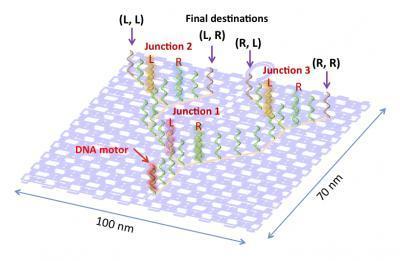Man-made structural colors, which originate from resonant interactions between visible light and manufactured nanostructures, are emerging as a solution for ink-free color printing. Scientists now show that non-iridescent structural colors can be conveniently produced by nanostructures made from high-index dielectric materials. Compared to plasmonic analogs, color surfaces with high-index dielectrics, such as germanium (Ge), have a lower reflectance, yielding a superior color contrast. Taking advantage of band-to-band absorption in Ge, we laser-postprocess Ge color metasurfaces with morphology-dependent resonances. Strong on-resonance energy absorption under pulsed laser irradiation locally elevates the lattice temperature (exceeding 1200 K) in an ultrashort time scale (1 ns). This forms the basis for resonant laser printing, where rapid melting allows for surface energy–driven morphology changes with associated modification of color appearance. Laser-printable high-index dielectric color metasurfaces are scalable to a large area and open a new paradigm for printing and decoration with nonfading and vibrant colors.
Research and publish the best content.
Get Started for FREE
Sign up with Facebook Sign up with X
I don't have a Facebook or a X account
Already have an account: Login
Amazing science facts - 3D_printing • aging • AI • anthropology • art • astronomy • bigdata • bioinformatics • biology • biotech • chemistry • computers • cosmology • education • environment • evolution • future • genetics • genomics • geosciences • green_energy • language • map • material_science • math • med • medicine • microscopy • nanotech • neuroscience • paleontology • photography • photonics • physics • postings • robotics • science • technology • video
Curated by
Dr. Stefan Gruenwald
 Your new post is loading... Your new post is loading...
|

Sandy Honess's curator insight,
March 14, 2013 9:24 AM
This is amazing. Asian weaver ant. Fluid filled ant feet makes them stick. This guy would make a great speaker at pest management events. I wish he was here in the States.

Sandy Honess's curator insight,
March 14, 2013 9:40 AM
This is amazing. I have never viewed a breakdown of how ants and roaches travel and can hold on to smooth surfaces, upside down, like this expert has demonstrated. |










